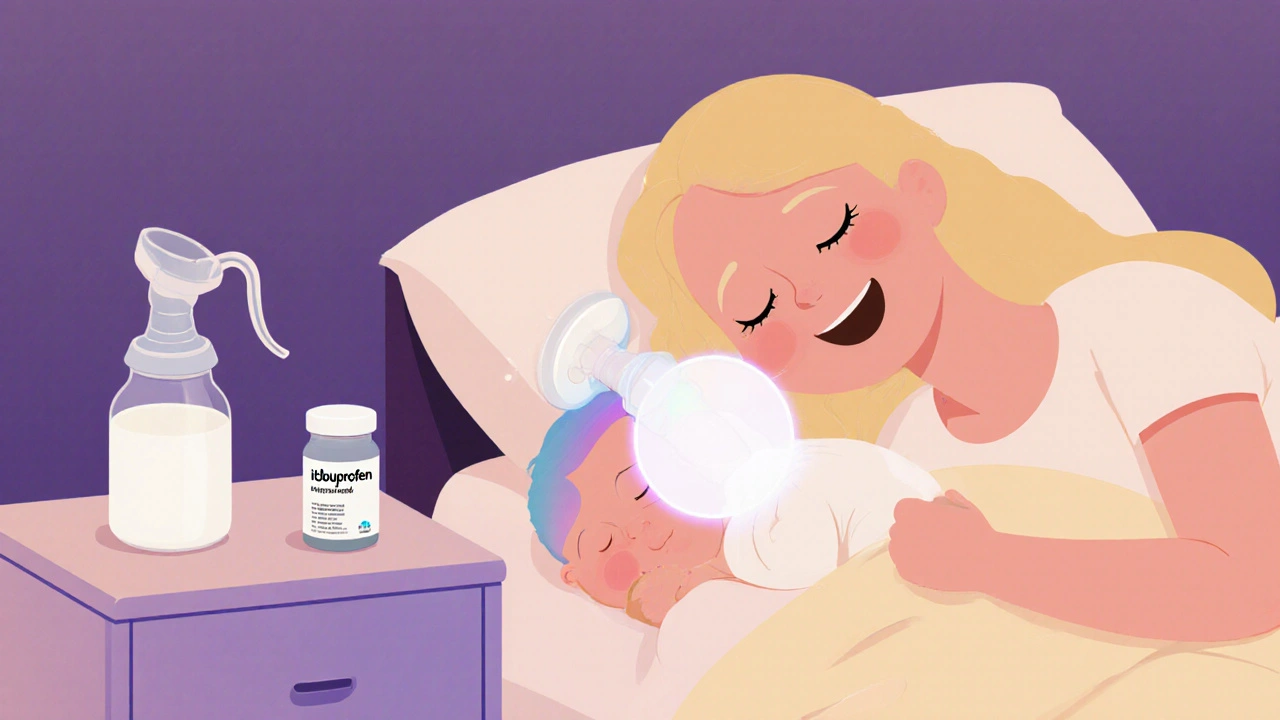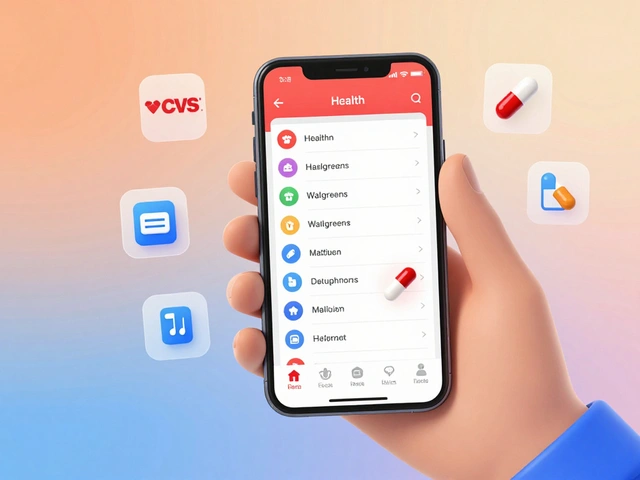Safe Breast Milk Storage: How to Store, Freeze, and Use Breast Milk Properly
When you’re pumping or expressing breast milk, safe breast milk storage, the practice of preserving expressed milk in ways that maintain its nutrients and safety for infants. Also known as breast milk handling, it’s not just about putting milk in a bottle—it’s about knowing how long it lasts, what containers work best, and how temperature affects its quality. Many parents assume any clean container will do, but using the wrong one or storing it at the wrong temp can ruin nutrients or even risk your baby’s health.
Think of breast milk freezing, the process of preserving expressed milk at low temperatures to extend its usability. Also known as deep freezing breast milk, it’s a game-changer for working moms, twins, or anyone who needs to build a stash. Frozen milk can last up to 12 months at 0°F, but most families use it within 6 months for best quality. The key? Label everything with the date, leave space at the top for expansion, and never refreeze thawed milk. And don’t use regular plastic bags—they leak. Use hard-sided containers or bags made specifically for breast milk.
breast milk temperature, the ideal range for storing and warming expressed milk to preserve its immune properties. Also known as milk storage conditions, it’s the invisible rulebook that keeps milk safe. Freshly pumped milk can sit at room temperature (up to 77°F) for 4 hours, but if your house is warm, cut that to 2 hours. In the fridge, it lasts up to 4 days. Never microwave it—hot spots can scald your baby’s mouth and destroy antibodies. Instead, thaw it overnight in the fridge or run the container under warm water. Swirl, don’t shake. Shaking breaks down proteins.
And then there’s breast milk containers, the vessels designed to safely hold expressed milk without contamination or leakage. Also known as milk storage bottles and bags, they’re not all created equal. Glass and BPA-free hard plastic bottles are great for fridge use. For freezing, go with double-layered breast milk storage bags—they’re space-saving and seal tight. Avoid containers with wide mouths if you’re storing for long periods; they’re harder to seal properly. Always wash containers in hot, soapy water or run them through the dishwasher after each use. Sterilizing isn’t needed every time unless your baby is premature or has a weak immune system.
It’s not just about rules—it’s about confidence. You’re not just storing milk. You’re storing time, effort, and care. A bottle you froze last week could be the one your baby drinks when you’re away, sick, or just overwhelmed. That’s why getting it right matters. The difference between safe storage and careless storage isn’t just about shelf life—it’s about your baby’s health.
Below, you’ll find real-world guides from parents and experts who’ve been there. They break down how to handle milk when you’re traveling, how to tell if it’s gone bad, what to do when your baby refuses thawed milk, and how to mix batches safely. No fluff. No myths. Just clear, practical advice you can use tomorrow.
Learn the truth about pumping and storing breast milk while on medication. Most drugs are safe-no dumping needed. Find out when to pump, when to store, and how to protect your supply.



